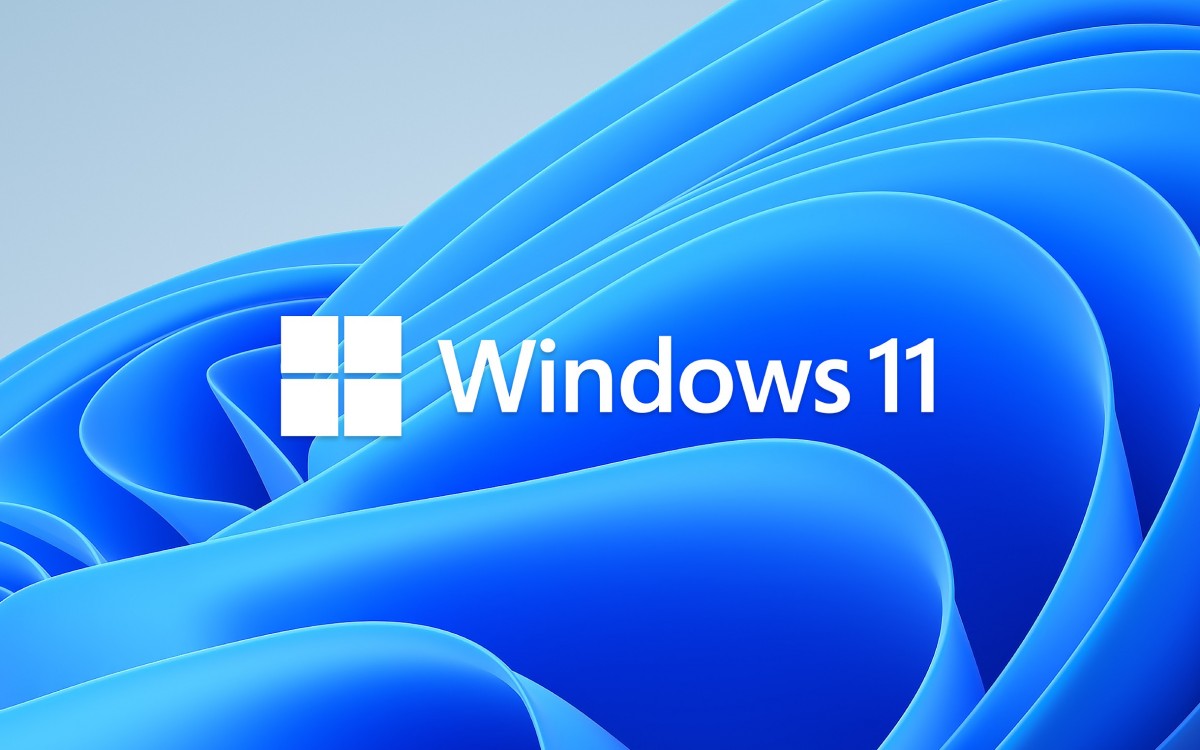Solid State Drives(SSDs) have gained immense popularity due to their speed and portability. The evolution of external SSDs has brought about faster transfer speeds and increased storage capacities within the same compact form factor. One of the prominent brands in the external SSD market is SanDisk, with it’s best-selling product, the SanDisk Extreme Pro SSD. However, even the best can encounter issues and a common problem faced by users is the inability of their PC to detect the SanDisk Extreme Pro SSD. This article addresses this issue and offers solutions to help users regain access to their valuable data.
Why is My SanDisk Extreme Pro SSD Not Detected?
A multitude of factors can contribute to the failure of a SanDisk SSD to be recognized or detected by a computer. These factors can range from issues related to the PC’s hardware and software to potential problems with the SSD itself. The following are some of the most common reasons for this issue:
Connection Failure: A loose or improper connection between the SSD and the PC can lead to detection problems. Likewise, power supply issues can hinder the proper functioning of the SSD.
Physical Damage on the SSD: Any physical damage to the SSD, such as dents, scratches, or loose connections, can prevent the PC from recognizing the drive.
Corrupted System Files: Corrupt system files on the PC can interfere with the detection of USB devices, including SSDs.
Outdated Drivers: Outdated USB drivers can also lead to detection issues, as they may not be compatible with the SSD.
USB Port Issue: Malfunctioning or damaged USB ports can prevent the PC from recognizing the SSD.
Outdated Windows: An outdated Windows operating system can hinder the interaction between the PC and the SSD.
How to Fix SanDisk SSD Not Detected
Given the potential causes of the issue, several troubleshooting methods can be employed to resolve the problem. These solutions cover a wide range of possibilities and ensure a comprehensive approach to solving the SSD detection problem.
Restart Your PC
Restarting your PC can clear temporary glitches and bugs that may be affecting the SSD detection process.
- Press the Windows key on your keyboard.
- Click on the Power button from the Start menu.
- Select Restart. Allow your PC to restart.
- After the restart, reconnect the SSD and check if it’s now recognized.
Reconnect the SSD
Reconnecting the SSD ensures a secure connection and resolves potential connection issues.
- Disconnect the SanDisk Extreme Pro SSD from your PC.
- Verify that the USB cable is properly connected.
- Reconnect the SSD and check if it’s recognized.
Check the USB Port
Inspecting the USB port can help identify issues related to connectivity.
- Remove the SSD from the computer.
- Examine the USB port for debris, dirt, or physical damage.
- Clean the port with a soft brush or compressed air if necessary.
- Test the port with another USB device to confirm functionality.
- Connect the SSD to a different USB port on the PC.
Check for Physical Damage
Inspect the SSD for physical damage that may hinder it’s detection.
- Disconnect the SSD and power from your PC.
- Open the external SSD enclosure and examine the SSD for any physical damage.
- Check cords and connectors for any signs of damage.
- Contact SanDisk support if physical damage is detected.
Run the Built-in USB Troubleshooter
Utilize Windows’ built-in troubleshooter to address software-related issues.
- Open the File Explorer using the Windows key + E.
- Right-click on the SSD and select Properties.
- Navigate to the Tools tab and click on the Check button.
- Choose Scan and repair drive.
- Follow the troubleshooter’s recommendations.
Use the Disk Management Tool
The Disk Management tool can address drive recognition and configuration issues.
- Right-click the Start icon or press Windows key + X.
- Select Disk Management.
- Locate the SanDisk Extreme Pro SSD in the Disk Management window.
- If offline, right-click and select “Online”.
- For unallocated drives, right-click and select “New Simple Volume”.
Run SFC Scan
Running the System File Checker(SFC) scan can fix corrupted system files.
Press the Windows key.
Search for Command Prompt and right-click it.
Choose Run as administrator.
Type “sfc /scannow” and press Enter.
Allow the scan to complete and restart your PC.
Run DISM Scan
Running the Deployment Image Servicing and Management(DISM) scan can address corrupted system images.
Open Command Prompt as an administrator.
Enter “DISM /Online /Cleanup-Image /restorehealth” and press Enter.
Let the scan finish and restart your PC.
Update USB Drivers
Updating outdated USB drivers can resolve compatibility issues.
Right-click the Start icon or press Windows key + X.
Select Device Manager.
Expand Universal Serial Bus Controller.
Right-click a USB driver and choose “Update driver”.
Select “Search automatically for drivers”.
Uninstall and Reinstall Drivers
Uninstalling and reinstalling drivers can address driver-related issues.
Open Device Manager.
Expand Universal Serial Bus Controller.
Right-click a USB driver and choose “Uninstall device”.
Restart your PC to automatically reinstall the drivers.
Reformat Your SSD
Reformatting the SSD can eliminate file-related issues.
Back up your data before proceeding.
Open Disk Management.
Locate the SSD, right-click and select Format.
Choose a name, set the file system to “NTFS”, and enable quick format.
Update Windows
Updating Windows can resolve software-related compatibility issues.
Go to Settings from the Start menu.
Click on Windows Update.
Check for updates and install any available updates.
Restart your PC after installation.
Disable USB Selective Suspension
Disabling USB selective suspension can prevent power-saving mode interference.
Search for “power plan” in the Start menu.
Choose “Change advanced power settings”.
Expand USB Settings and disable USB selective suspend.
Conclusion
By following these comprehensive solutions, users can address the issue of their SanDisk Extreme Pro SSD not being recognized or detected on Windows 11. Troubleshooting methods range from simple restarts and reconnections to more advanced processes like updating drivers and running scans. Users are advised to proceed with caution, especially when reformatting drives and to seek assistance from SanDisk support if the issue persists. The guide provides a holistic approach to resolving the problem and ensuring the seamless functioning of the SanDisk Extreme Pro SSD with Windows 11.
Experiencing difficulties with your Device, check out our “How To” page on how to resolve some of these issues.






